Left kidney full of stones
Mr. NAT (26 years old, living in Dong Nai ) works at an electronics supermarket in Ho Chi Minh City. In addition to his official working hours, he often works overtime at night to transport and check the supermarket's imported/exported goods. Due to his busy work, he has become accustomed to buying meals outside to "finish the meal" and drinking little water, holding his urine during work hours, only urinating when his stomach hurts or feels tense.
When carrying and transporting goods for the supermarket, Mr. T. often felt a dull pain in the lower left hip area and saw blood in his urine. However, when he sat in one place working or walked lightly, there was no pain or blood in his urine, so he thought it was due to the effects of the appendectomy 10 years ago, so he went to the hospital for a checkup.
Doctor Hoan said that the results of the computed tomography (CT) scan showed that Mr. T. had many stones of various sizes in his left renal pelvis. In addition, the increased concentration of white blood cells in the urine was a sign of urinary tract infection, but the patient did not have any symptoms of fever or chills.
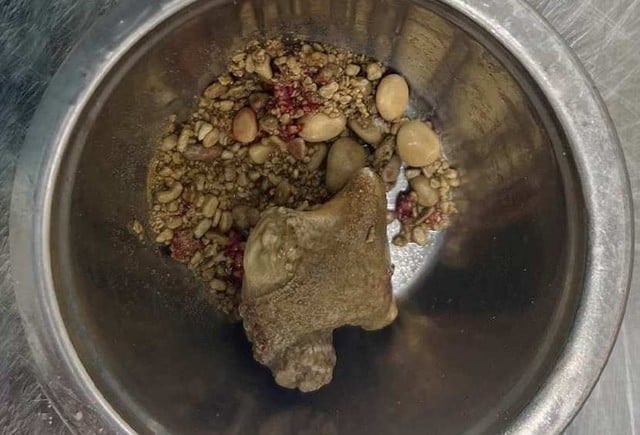
Illustration
It is known that the patient had a history of appendectomy, kidney stone and right ureter (the tube that carries urine from the kidney to the bladder). During this examination, due to the large number of stones, the doctors ordered open surgery.
The doctors made a 15cm diagonal incision at the left hip, carefully dissected and approached the patient's left kidney. After 150 minutes, the surgical team removed all the stones in the patient's left kidney.
According to observations, the largest stone is a branched coral stone, 5cm in size (the size of a chicken egg). There are about 5-6 stones about 1cm in size and hundreds of smaller stones of various sizes and shapes. 3 days after surgery, Mr. T. recovered, ate, walked normally, and only had slight pain at the surgical site.
What to do to prevent kidney stones
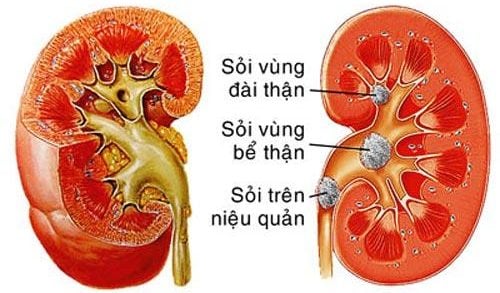
Illustration
It is known that 3 years ago, he had undergone surgery to treat kidney stones in his right kidney using percutaneous nephrolithotomy. Therefore, Mr. T. was not surprised to learn that he also had stones in his left kidney, but was surprised by the large number. “Kidney stones are a common disease in my family. In my family, besides me, my mother, aunts, uncles and cousins also have kidney stones,” he said. The doctor advised him to drink plenty of water to avoid a recurrence of kidney stones.
According to doctors, urinary stones in general and kidney stones in particular are hereditary. If a person has stones, their blood relatives are more likely to have stones.
A study by American scientists on 8,870 pairs of twins found that the possibility of inheriting kidney stones is up to 56%. Another study in the UK showed that 35% of people with kidney stones due to hypercalciuria have a genetic cause from their family. In addition to genetics, eating habits are also a common cause of stone formation.
Doctors recommend that people should drink plenty of water (2 - 3 liters/day), eat less salty foods; reduce fat, animal protein, foods rich in oxalate (white radish, sweet potato, spinach, etc.); limit carbonated drinks, alcohol, etc.
For people who are prone to forming stones or have family members with a history of treating stones, it is necessary to have a periodic health check-up every 12 months to detect and treat stones early when they are still small.
When there are signs of severe lower back pain, especially when exercising vigorously, blood in the urine, painful urination, frequent urination... you need to go to the hospital for examination and timely treatment.
Source



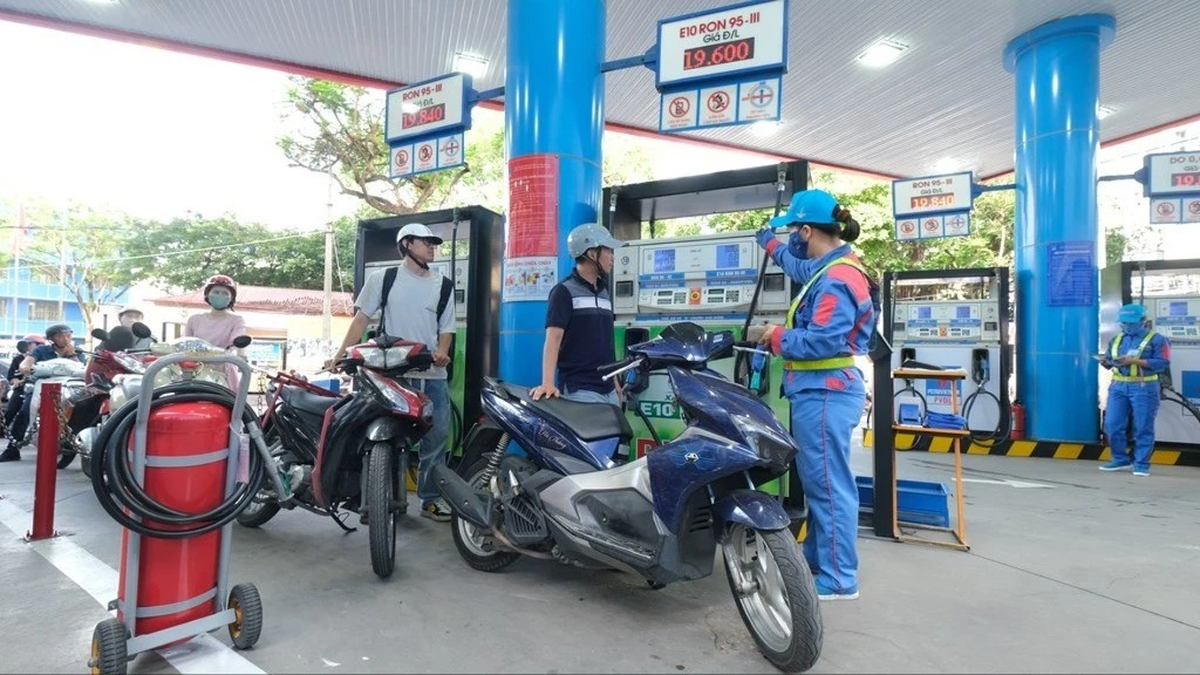
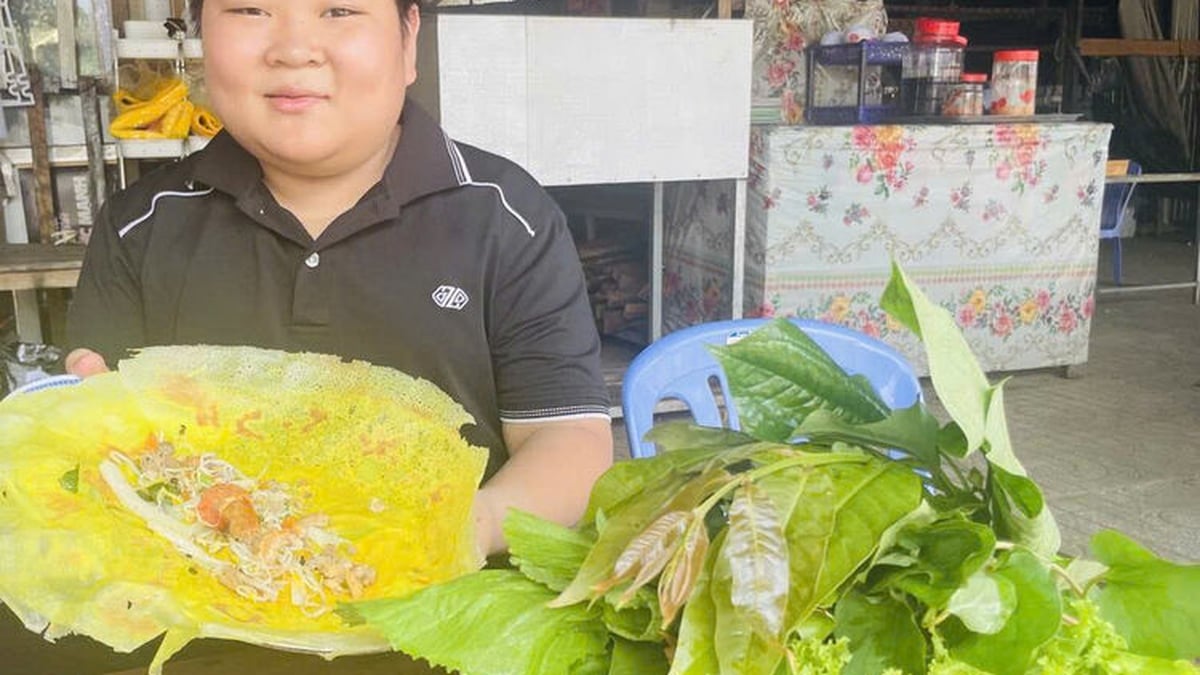
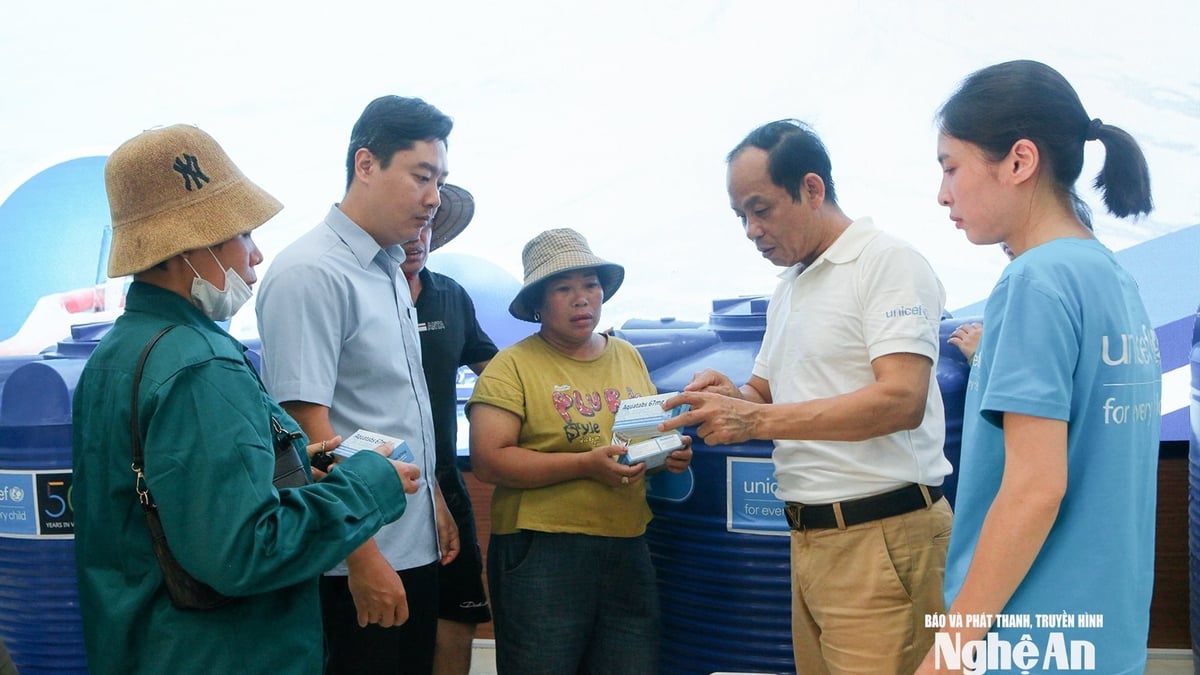
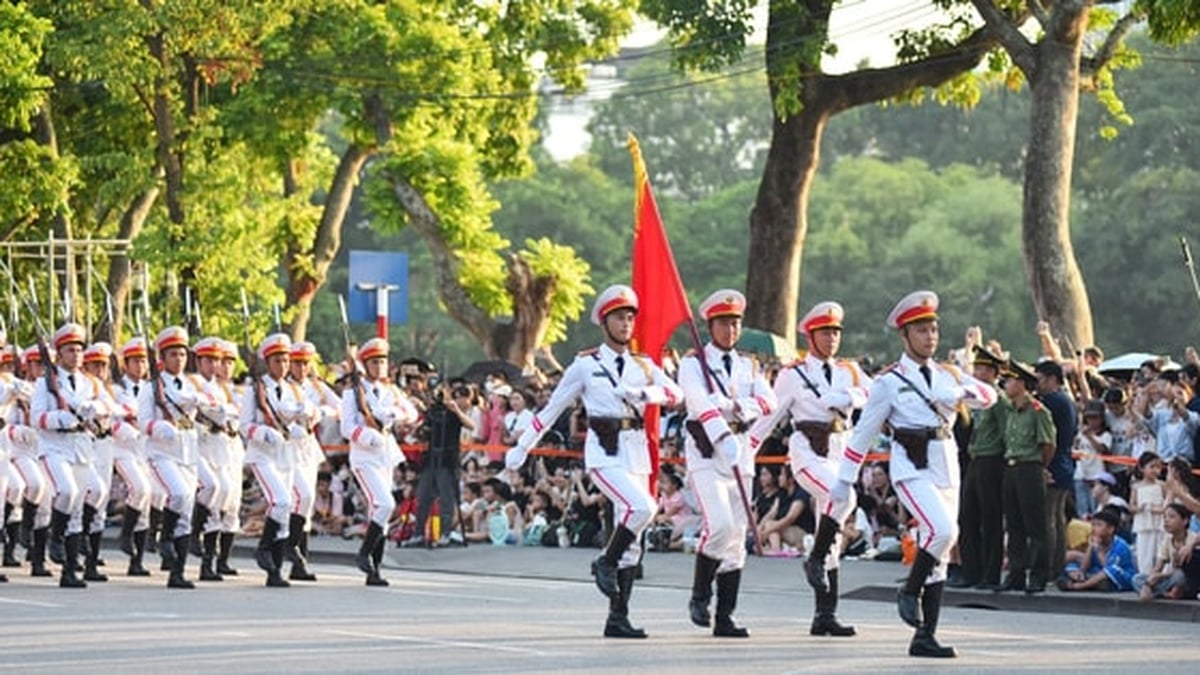



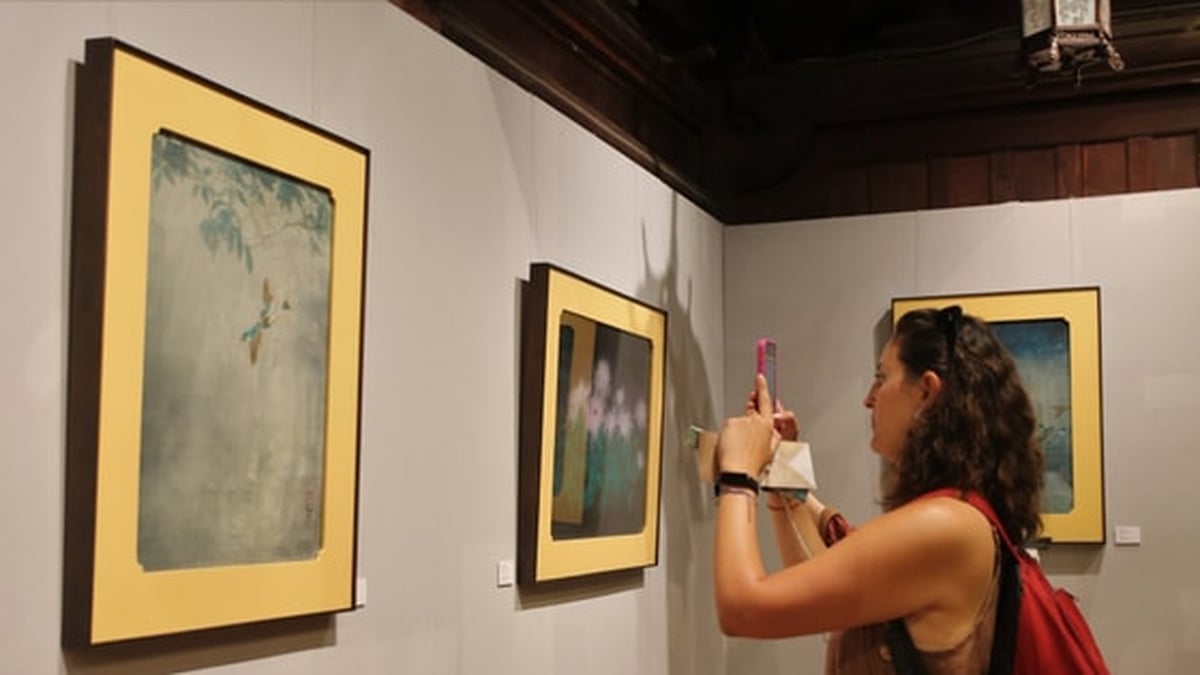
























































































Comment (0)